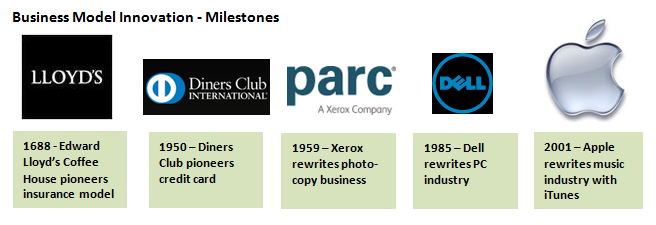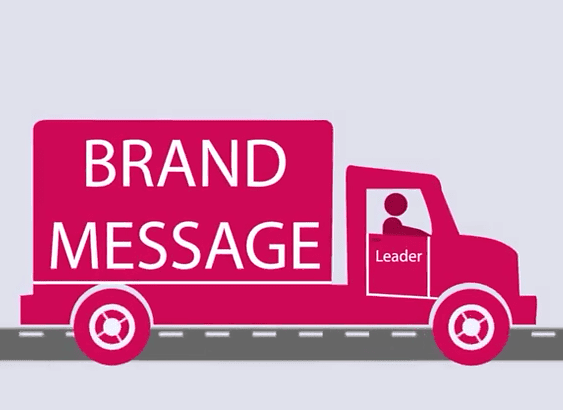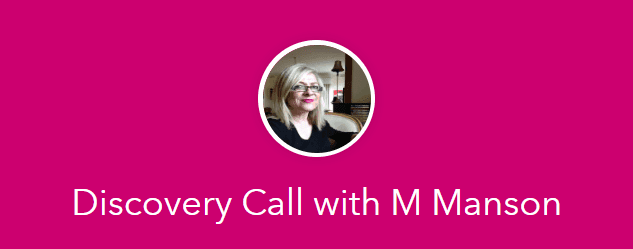 They are obscenely expensive. They are hardly individual. And yet, they are highly desirable. Designer handbags… designer clothes, shoes, sunglasses, iPad… They are pervasive in the consumer market because the marketing, branding machine makes loud grunting noises as it moves on the edges of human desires. Is it different in the B2B market? Do you choose a supplier who can do the job or one who has a system to support the promise? Do you still think that your business success depends on the next BIG product – a better mousetrap? How desirable is your business proposition?
They are obscenely expensive. They are hardly individual. And yet, they are highly desirable. Designer handbags… designer clothes, shoes, sunglasses, iPad… They are pervasive in the consumer market because the marketing, branding machine makes loud grunting noises as it moves on the edges of human desires. Is it different in the B2B market? Do you choose a supplier who can do the job or one who has a system to support the promise? Do you still think that your business success depends on the next BIG product – a better mousetrap? How desirable is your business proposition?
Case after case of outstanding business success stories, just in the past twenty years, proves that lasting, sticky success is about designing a business model that enables you to combine your Customer promise with your System to deliver consistently on that promise. There is no innovation without marketing. And, there is no marketing without customer insights and understanding of their needs and desires. Is B2B any different? We still want to prop our decisions and associate with winners. And yes, we are prepared to pay more for trusted brands or those who are able to tell a conclusive story. So, how do you become a trusted brand (or, that person whose ideas are always considered), how do you prove your designer handbag desirability?
Only a business model that is uniquely yours can engage customers in such way that everything you do is … desirable like the next Marc Jacobs’ or Balenciaga handbag… or FedEx or Dell or Amazon… or, yes, Apple. Business model is not a new concept as the image below illustrates, and it is both older than this and there are thousands of current examples. The difference in levels of success is the ongoing maintenance of the model to ensure its longevity. Maintenance is what you do with people: specifically your extended team.
 To cut to the chase, here is a definition of a business model: a business model is the shared rationale of how an organisation creates, delivers and captures value. It sounds a little like a concept of ‘shared vision’ but it much more practical.
To cut to the chase, here is a definition of a business model: a business model is the shared rationale of how an organisation creates, delivers and captures value. It sounds a little like a concept of ‘shared vision’ but it much more practical.
So, how can we systematically invent, design and implement these powerful new business models?
Bad news is that there no such thing as one-size-fits-all business model, i.e. you cannot listen to case studies and copy someone elese’s model or be guided by benchmarks. It takes visionary effort to create a new business model and you will still need to dig deep into all available talent and thinking resources to question and unpack your existing luggage. Good news model but there are certain clear building blocks and techniques that will enable you to build your unique business model.
A book has just arrived that can help you design a new business model that resists competition. “Business Model Generation” by Alex Osterwalder and Yves Pigneur is so transofrmational and yet so simple you can reinvent your business using it. It hands out a heap of modern strategic tools in a way that it feels as natural as eating Chinese with chopsticks (a little awkward at first but then you look really cool!) The most valuable aspect of the book is the integration of two Key Elements of strategic planning: Customer focus and Visual clarity.
Over the next few weeks RIOT events will seek to uncover the practice and resources you will need to explore the six techniques to help you design business models. Because innovation is dependent on results and speed, we are going to start in the middle, with Fast Prototyping. Prototyping is essential in the business model design process, because, just like in product design, it helps participants gain better sense of what is missing in the initial understanding of the situation. Fast Prototyping is a state of mind and a powerful management tool: it helps you move faster to prevent a build up of cost and the emotional attachment that comes with nurturing an idea for too long.
The six techniques of Business Model Generation include:
1. Customer insights (everything starts with the customer)
2. Ideation
3. Visual thinking
4. Prototyping
5. Storytelling
6. Scenarios
Tip to get the ball rolling: Register for the RIOT today. Order the book. Then, assemble your Team and bring your best supporters and collaborators on the same page. Attend the event together in the boardroom: with open mind, enquiry, and most of all, your peeps. You can’t build a business model alone.
 InnoFuture exists to help businesses deepen their innovation capacity and to inspire them to adopt innovation as a way-of-life by connecting them with curated innovation knowledge, tools and resources to create sparks of greatness. Our uniquely advantage is our neutral position. In the ever changing and evolving market of business innovation we remain unbiased to specific models and tools, while continually exploring new and emerging concepts, tools and expertise. | Contact us |
InnoFuture exists to help businesses deepen their innovation capacity and to inspire them to adopt innovation as a way-of-life by connecting them with curated innovation knowledge, tools and resources to create sparks of greatness. Our uniquely advantage is our neutral position. In the ever changing and evolving market of business innovation we remain unbiased to specific models and tools, while continually exploring new and emerging concepts, tools and expertise. | Contact us |


